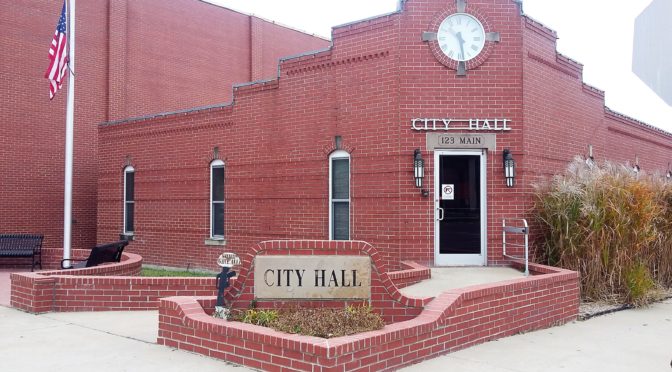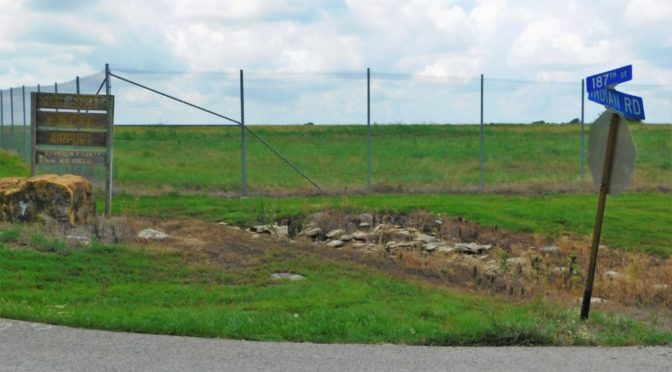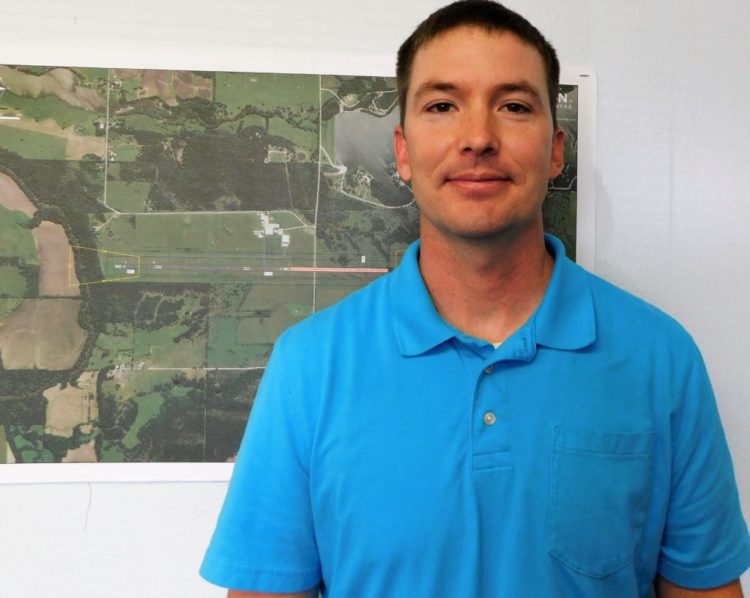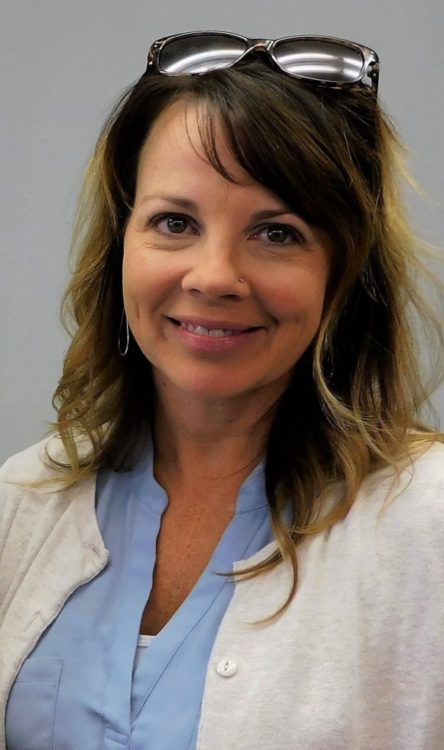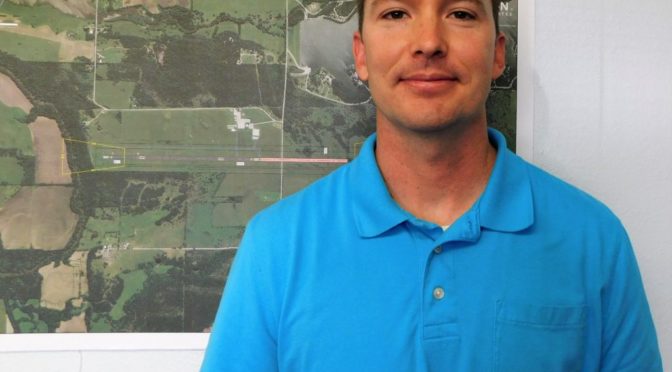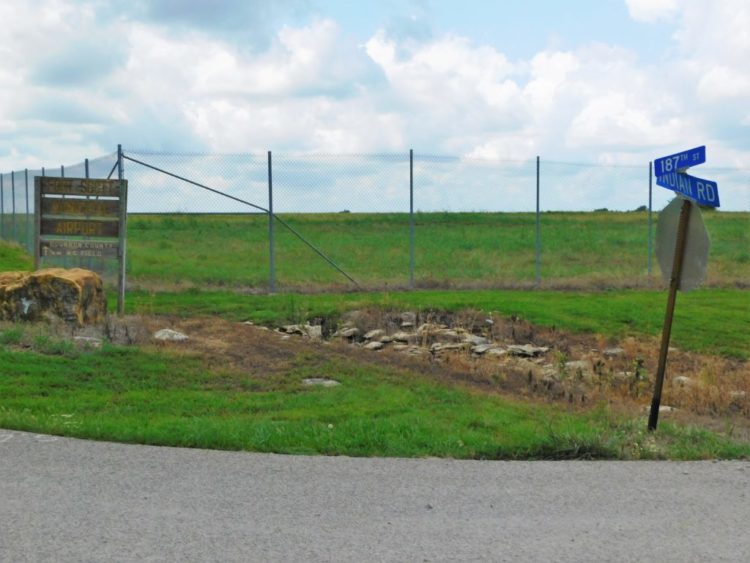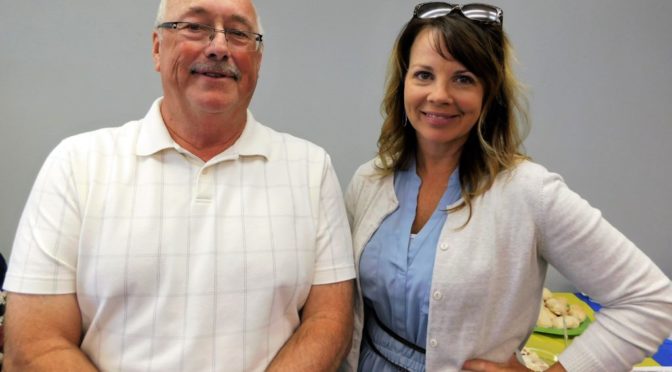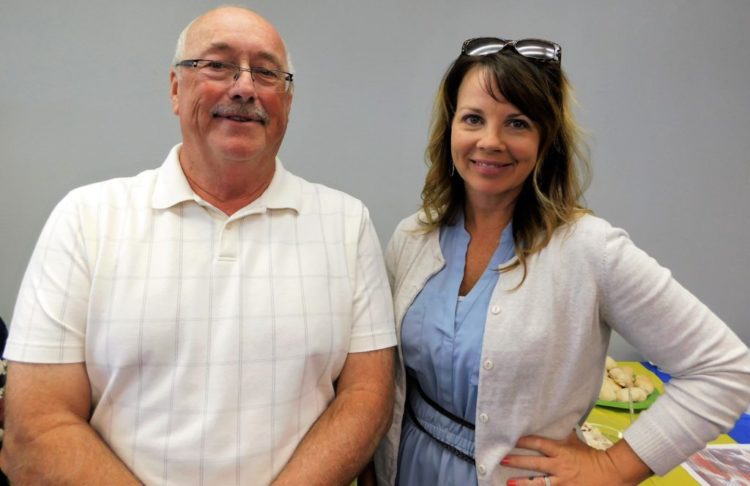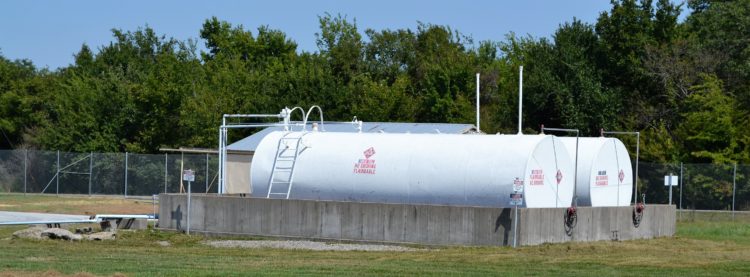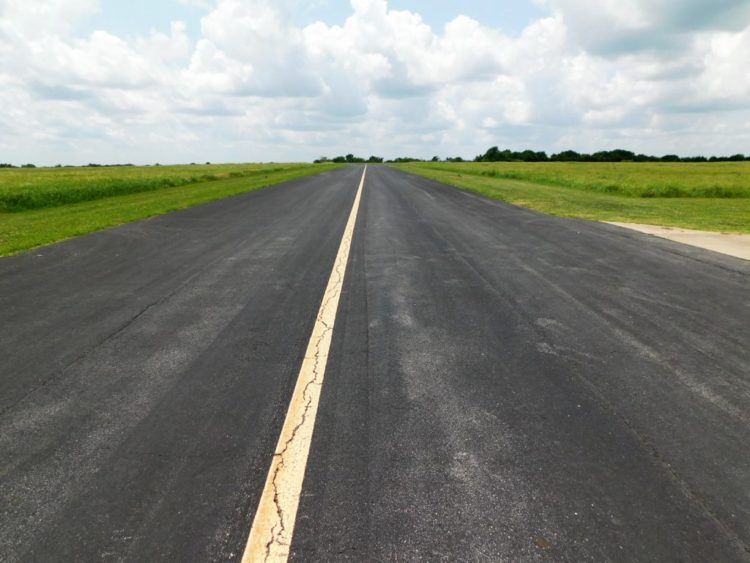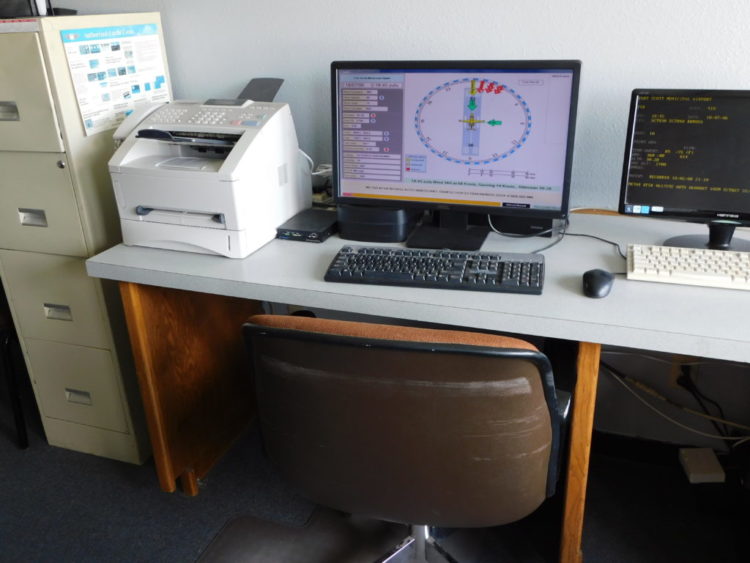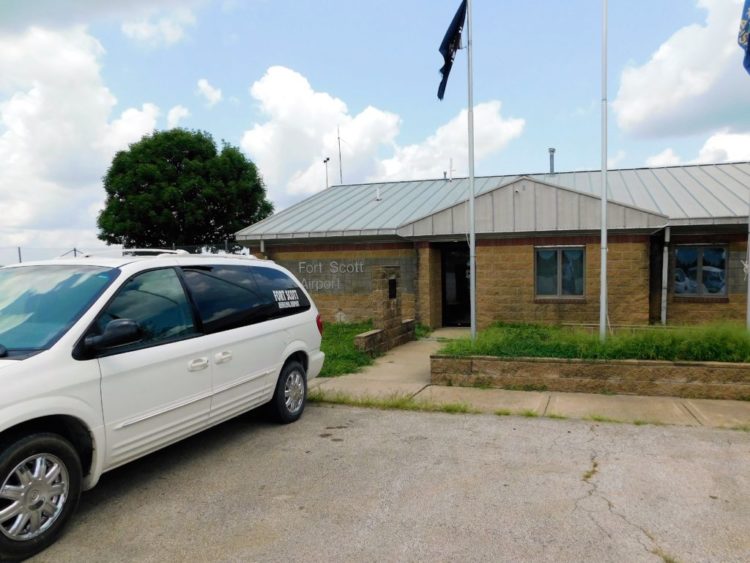Topeka – Forty-one projects totaling a combined award of $5 million have been granted for the Kansas Airport Improvement Program (KAIP) funding for planning, constructing or rehabilitating public use general aviation airports.
The aviation industry represents $20.6 billion economic impact and employs more than 92,000 Kansans. In addition, 94 percent of the state’s population is within 30 minutes of air ambulance operations.
“We are proud of the collaboration between our department and airport sponsors to increase safety, enhance economic development and support the transportation needs of Kansans,” said Secretary of Transportation Julie Lorenz.
The KAIP program requires airport sponsors to share in project costs by paying a portion of the total project. The KDOT Division of Aviation, which manages the program, considered 119 project applications this year with a combined total value of more than $29 million.
“KAIP has not only funded key improvements at local airports, it has helped create a statewide aviation network that enhances both the health and economic wellbeing of the entire state,” said Bob Brock, KDOT Director of Aviation.
Communities selected for funding and the amount requested include:
Anthony – Airports Geographic Information Systems (AGIS) survey and flight check – $52,250
Atchison – Surface seal of runway – $56,925
Atwood – Update fuel card reader – $17,000
Augusta – Reconstruct apron access to community hangar – $76,500
Beloit – Airfield maintenance equipment – $16,250
Benton – 17/35 runway preservation – $321,867
Elkhart – Airports Geographic Information Systems (AGIS) Study – $76,000
Emporia – 1/19 runway sealcoat and preservation –$411,500
Fort Scott – Airports Geographic Information Systems (AGIS) updates and runway extension design – $152,000
Gardner – 8/26 runway/apron/taxilane pavement preservation – $90,000
Garnett – 1/19 runway seal and repair high severity cracks – $40,500
Hiawatha – 10/28 runway edge lighting design – $19,000; 17/35 runway edge lighting design – $19,000; taxilane renovation design and construction – $61,890
Hoxie – Phase II: runway rehab – $303,440
Independence – South apron runup area renovation – $721,500; fuel systems – $36,335
Kingman – Precision approach path indicator (PAPI) replacement – $182,963
Kinsley – construct tiedowns – $10,949
La Crosse – Operations support equipment – $45,000
Lakin – Automated Weather Observing System (AWOS) III – $176,250; 14/32 runway mill and overlay design and construction – $303,250
Liberal – Runway marking removal and replacement – $248,500
Oberlin – Height and hazard survey – $38,000
Ottawa – Pavement preservation on parallel and connection taxiway system – $173,250
Pittsburg –Replace Automated Weather Observing System (AWOS) ceilometer –$43,200; remove obstructing trees – $18,000
Quinter – Install Automated Weather Observing System (AWOS) III – $135,000
Rose Hill – Crack seal– $16,200; upgrade fuel credit card terminal – $14,875; mill and overlay runway 17/35 – $174,600
Salina – Phase II: ramp reconstruction – $720,000
St. Francis – Extend SE taxiway – $133,200
